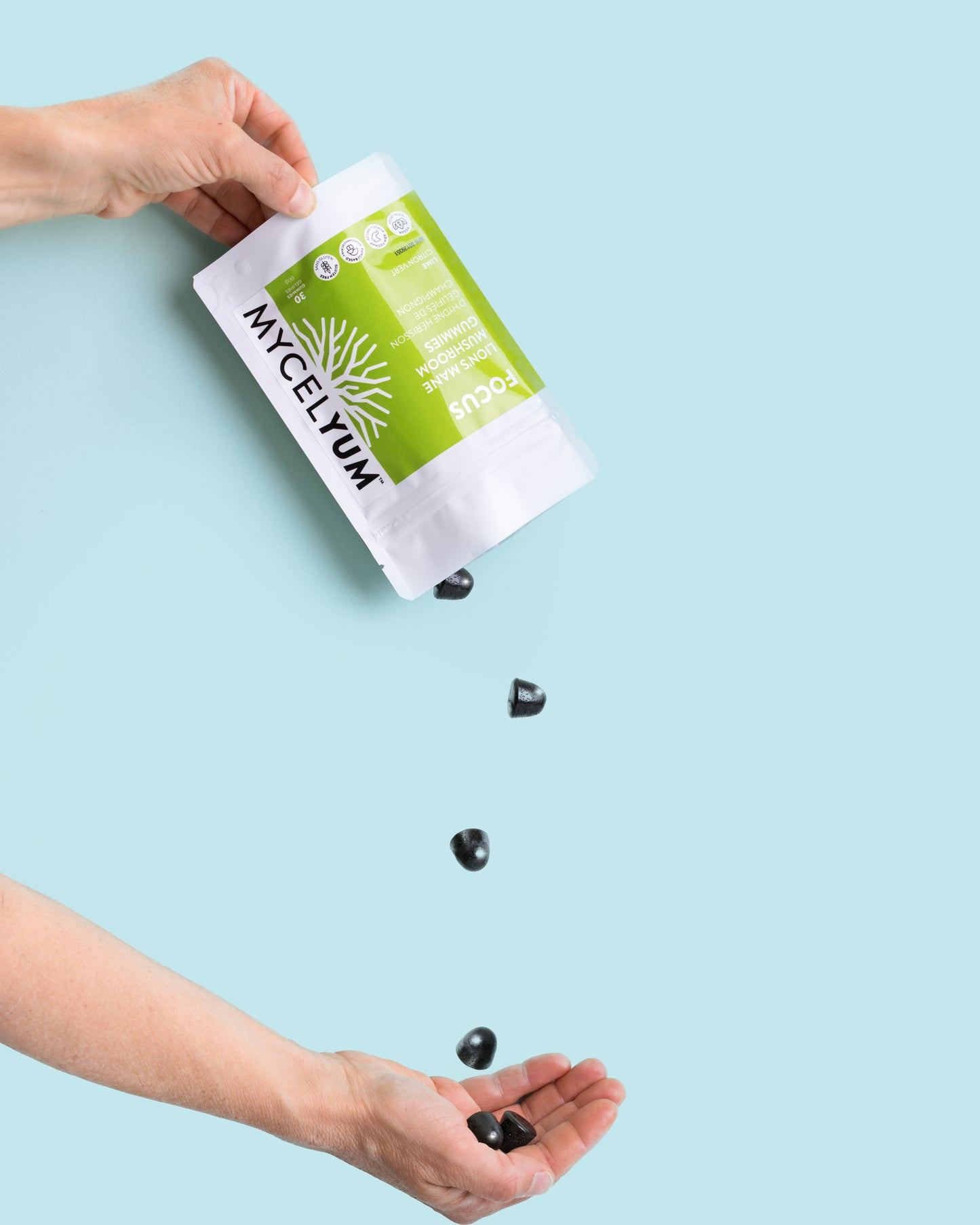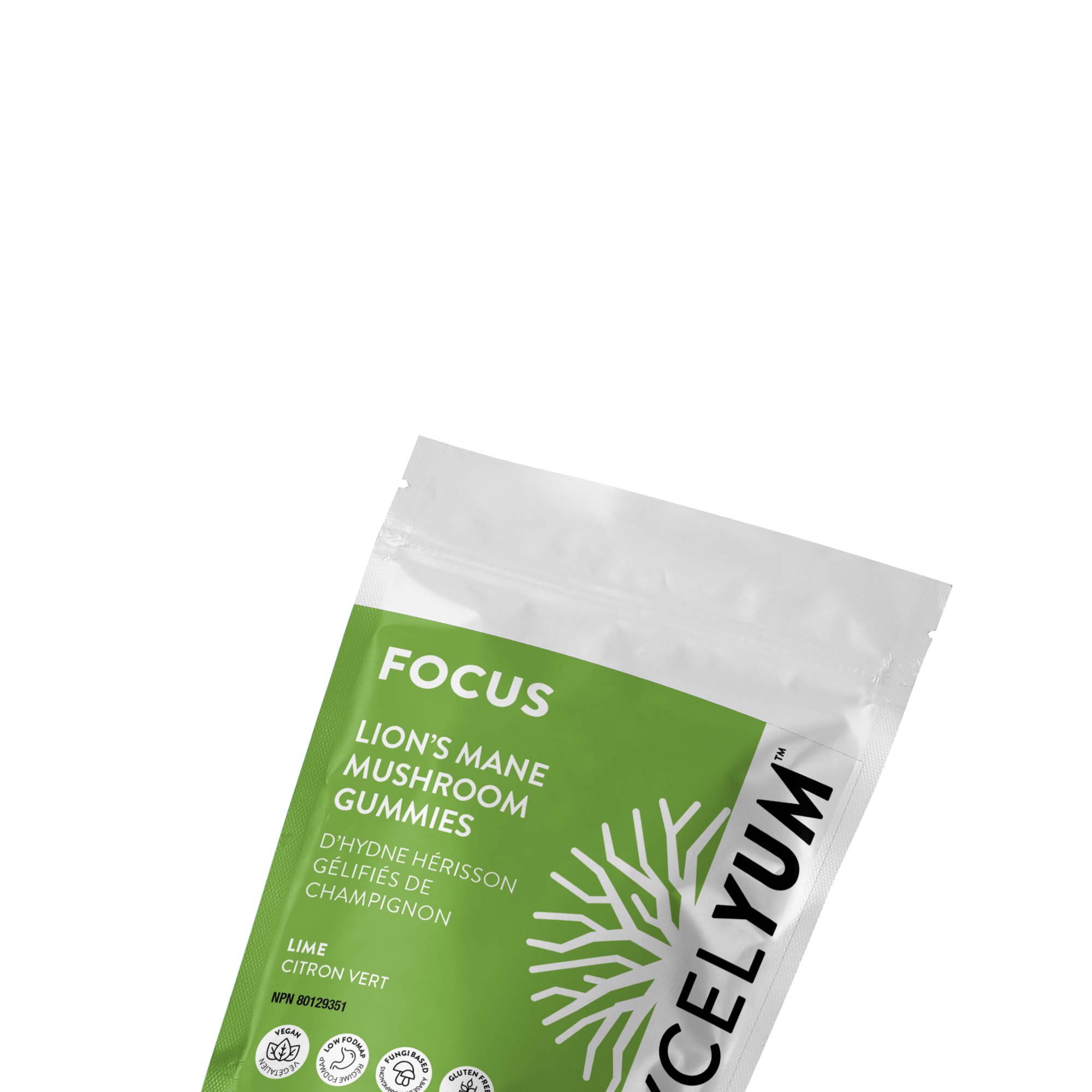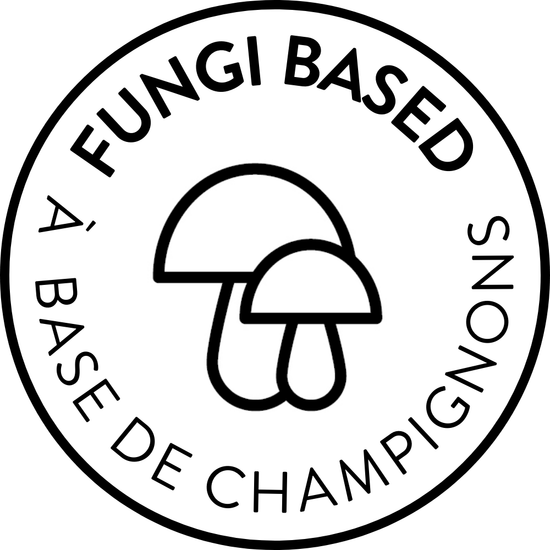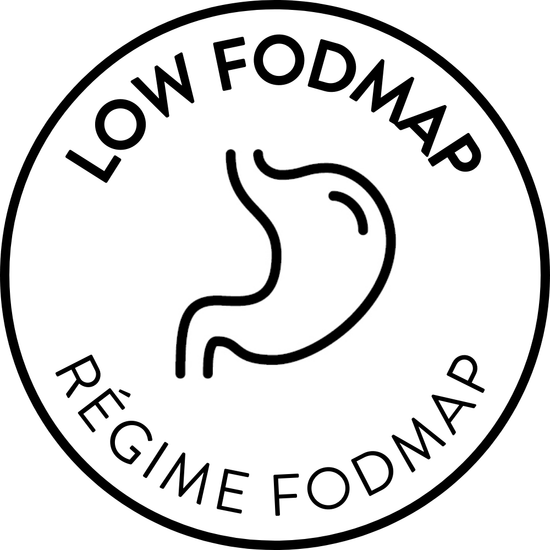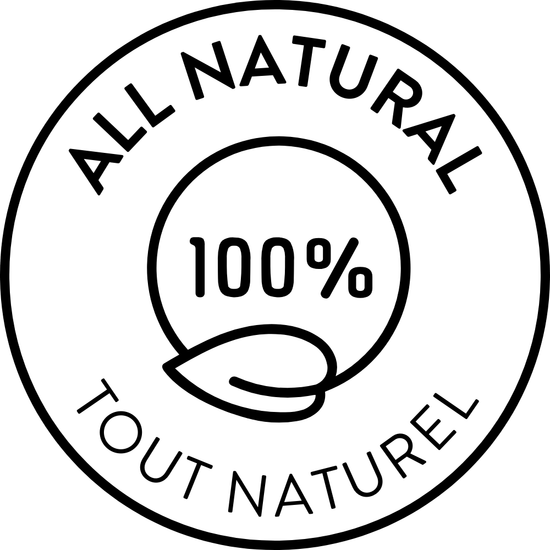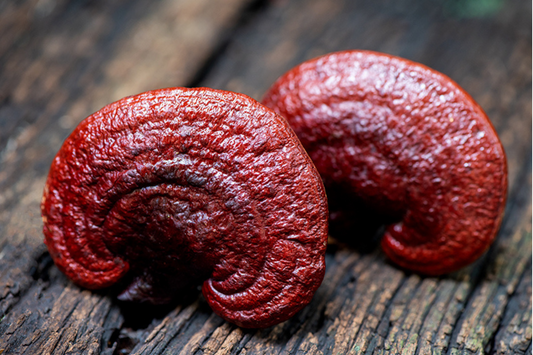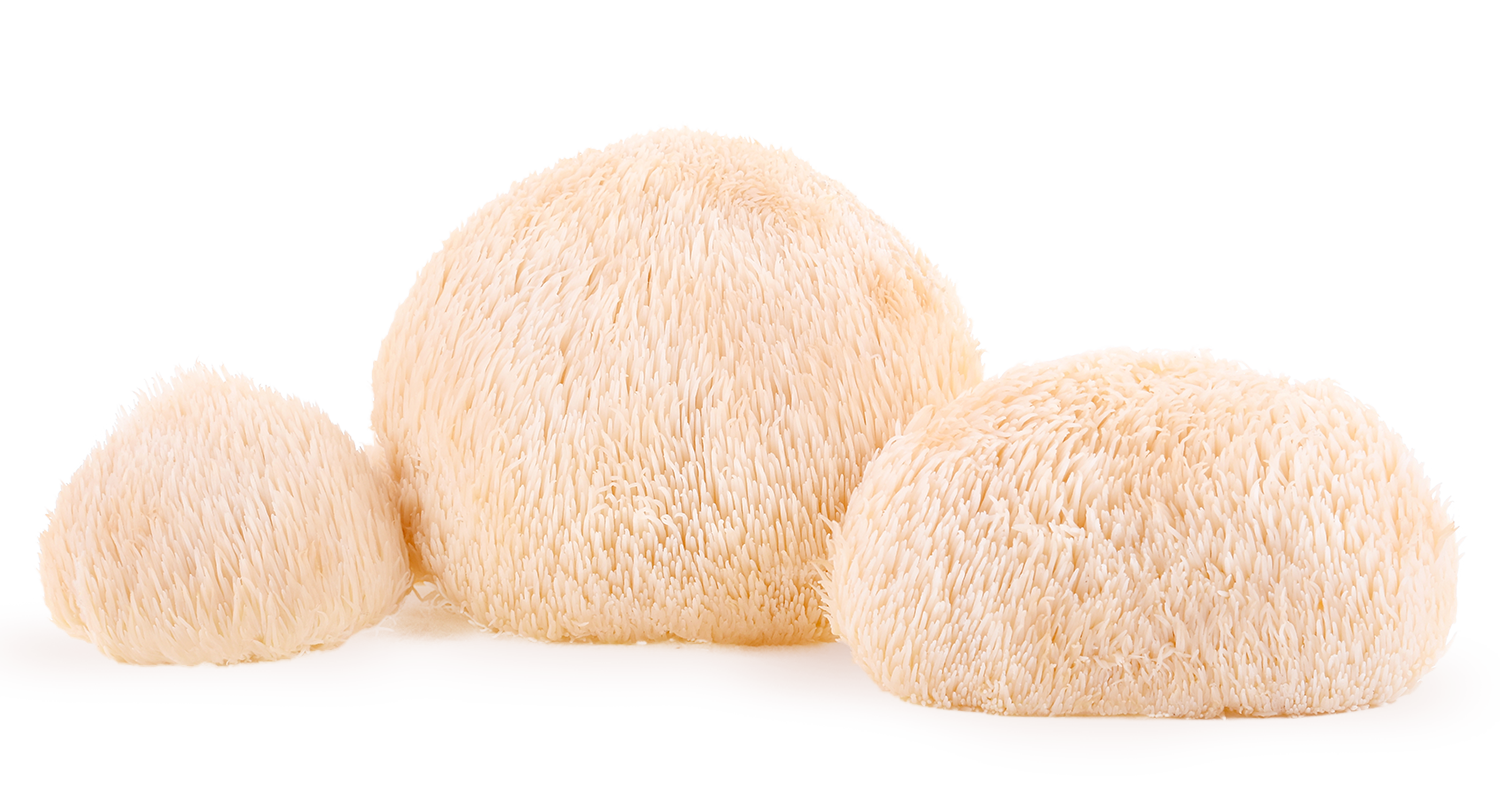
Lion's Mane Mushroom: Unlocking Brain Health and Cognitive Power
Lion’s Mane mushroom (Hericium erinaceus) has gained significant attention in both traditional Eastern medicine and modern science for itsbrain-boostingbenefits. From ancient remedies to cutting-edge research, this powerful functional mushroom offers a range of health advantages, especially for cognitive function, memory, and overall brain health. Let’s explore the benefits, traditional uses, and scientific studies surrounding Lion’s Mane.
Cognitive Function
Known for its anti-inflammatory properties, Lion's Mane has been suggested to alleviate symptoms of mild depression and anxiety. It is also believed to enhance the brain region responsible for memory processing and emotional regulation.[1]
Nerve Function
Lion's Mane is known for its ability to enhance NFS (nerve growth factors) release. In the CNS (central nervous system), NGF plays a supportive role and is crucial for protecting both existing and developing neurons.[2]
Anti-inflammatory
Lion's Mane is found to have anti-inflammatory effects, reducing the production of pro-inflammatory molecules in cell cultures. It also showed neuroprotective effects, protecting nerve cells from damage in cell cultures.[3]
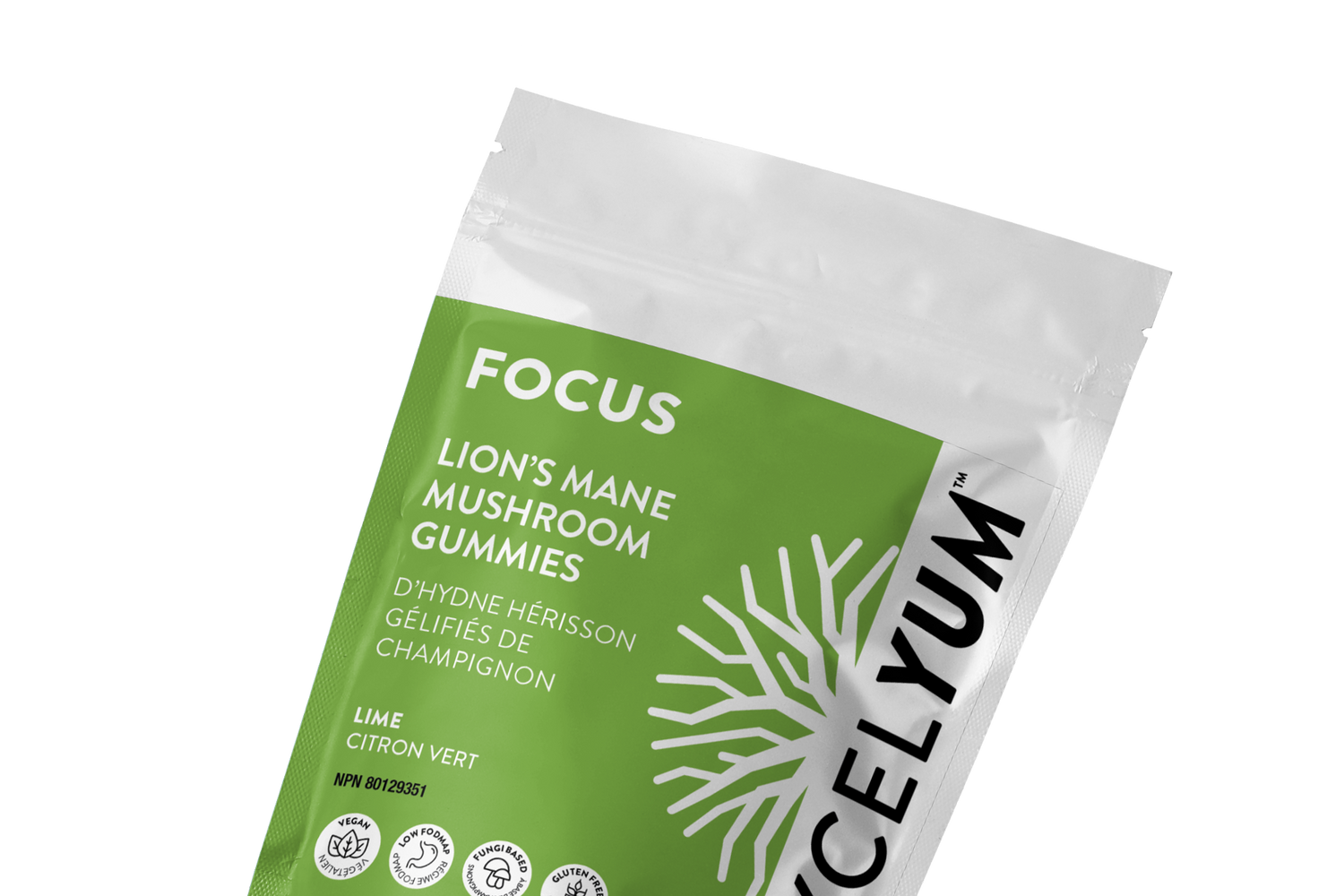
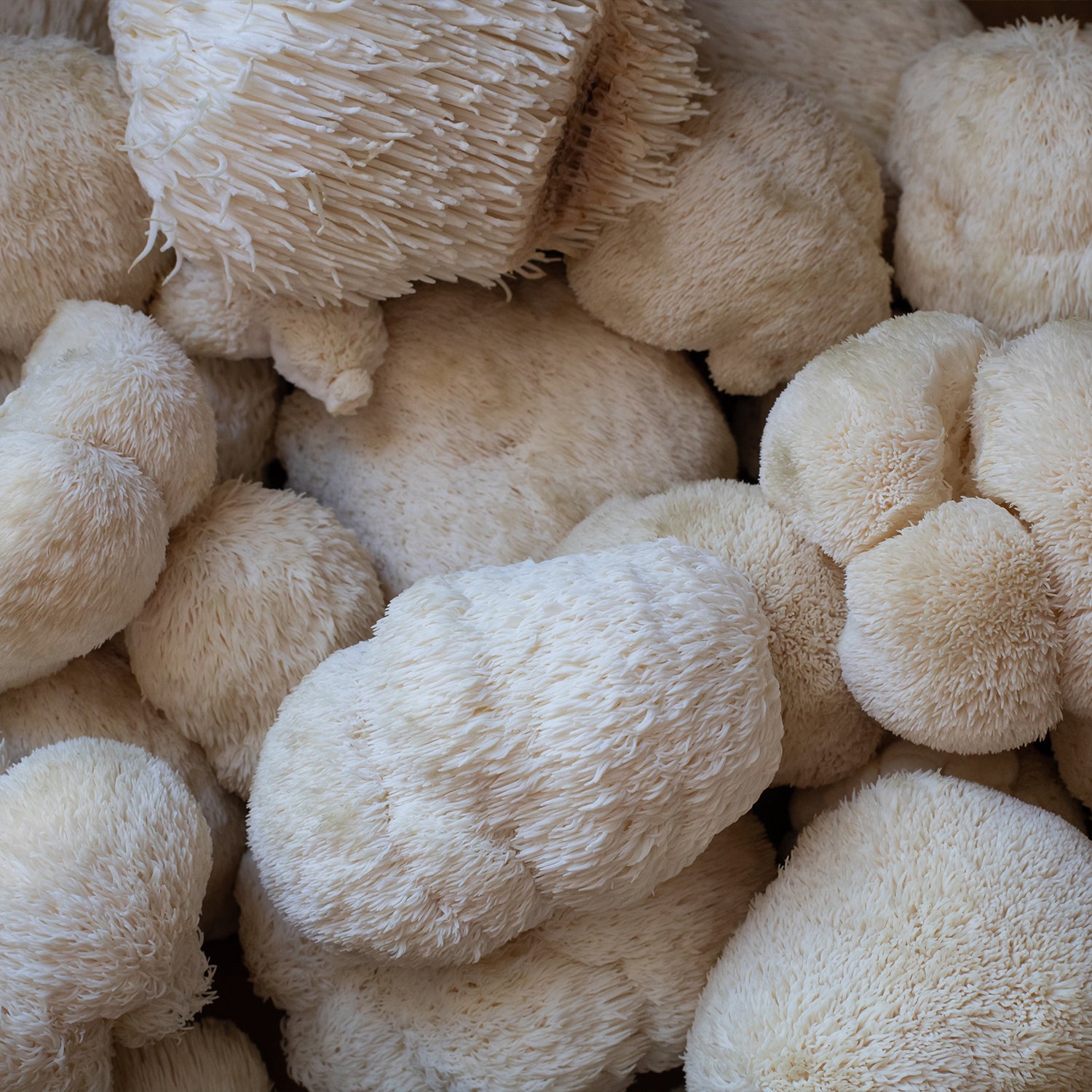
What is Lion's Mane?
Lion's Mane (Hericium erinaceus) gets its name from its resemblance to a lion's mane, due to its long white tendrils. It stands out among other fungi due to its unique appearance and because it grows on dead or damaged hardwood trees like oak, walnut, beech, maple and sycamore trees. Lion's Mane is a highly valued edible mushroom that has played a vital role in Asian cuisine due to its versatility in cooking and diverse range of health benefits.

A Mushroom for your Brain!
Our brain health can change for many reasons including stress, injury and aging. As we experience decreased cognitive function, anxiety and depression often increase as our symptoms of neurodegenerative diseases.
Lion's Mane is known for its anti-inflammatory properties and has been suggested to alleviate symptoms of mild depression and anxiety. It is believed to enhance the functioning of the hippocampus, a brain region responsible for memory processing and emotional regulation.
Research
[1] The Acute and Chronic Effects of Lion's Mane Mushroom Supplementation on Cognitive Function, Stress and Mood in Young Adults: A Double-Blind, Parallel Groups, Pilot Study.
Docherty S, Doughty FL, Smith EF. The Acute and Chronic Effects of Lion's Mane Mushroom Supplementation on Cognitive Function, Stress and Mood in Young Adults: A Double-Blind, Parallel Groups, Pilot Study. Nutrients. 2023 Nov 20;15(22):4842. https://pmc.ncbi.nlm.nih.gov/articles/PMC10675414/
[2] Neurotrophic Properties of the Lion's Mane Medicinal Mushroom, Hericium Erinaceus (Higher Basidomycetes) from Malaysia.
Lai, Puei-Lene, Murali Naidu, Vikineswary Sabaratnam, Kah-Hui Wong, Rosie Pamela David, Umah Rani Kuppusamy, Noorlidah Abdullah, and Sri Nurestri Malek. Neurotrophic Properties of the Lion's Mane Medicinal Mushroom, Hericium Erinaceus (Higher Basidomycetes) from Malaysia. International Journal of Medicinal Mushrooms 15, no. 6 (2013): 539–54. https://doi.org/10.1615/intjmedmushr.v15.i6.30.
[3] Neuroregenerative Potential of Lion's Mane Mushroom, Hericium Erinaceus (Bull.: FR.) Pers. (Higher Basidiomycetes), in the Treatment of Peripheral Nerve Injury.
Wong, Kah-Hui, Murali Naidu, Rosie Pamela David, Robiah Bakar, and Vikineswary Sabaratnam. Neuroregenerative Potential of Lion's Mane Mushroom, Hericium Erinaceus (Bull.: FR.) Pers. (Higher Basidiomycetes), in the Treatment of Peripheral Nerve Injury. International Journal of Medicinal Mushrooms 14, no. 5 (2012): 427–46. https://doi.org/10.1615/intjmedmushr.v14.i5.10.
Disclaimer:This information is provided for educational purposes only and is not intended as medical advice. Please consult your healthcare provider before introducing new herbs or supplements into your wellness routine.

FOCUS with Lion's Mane
Share




